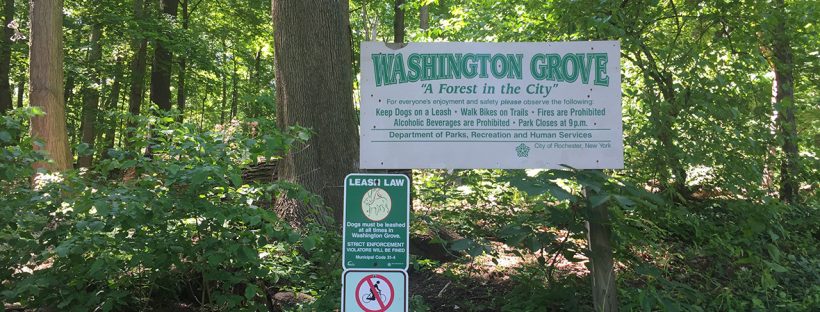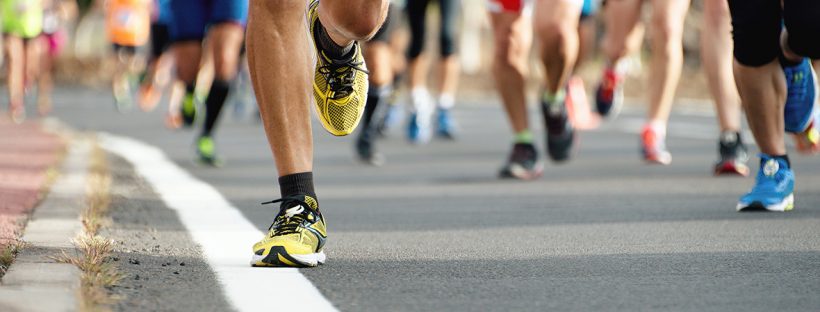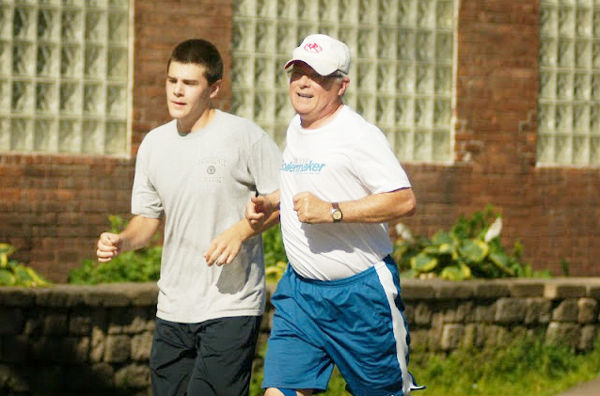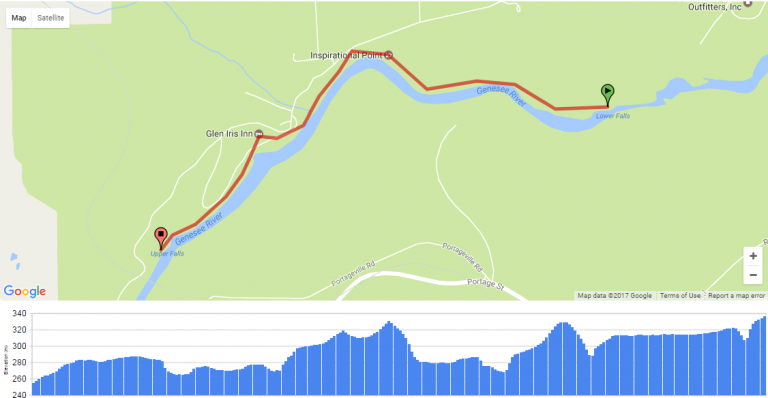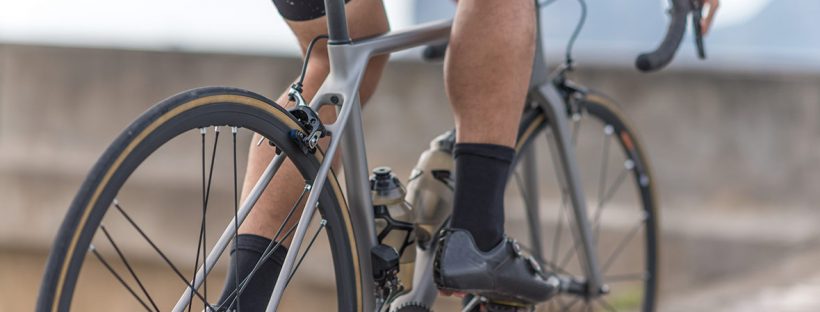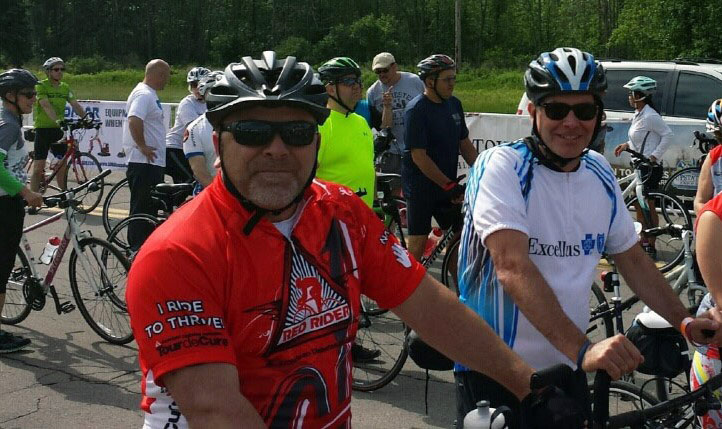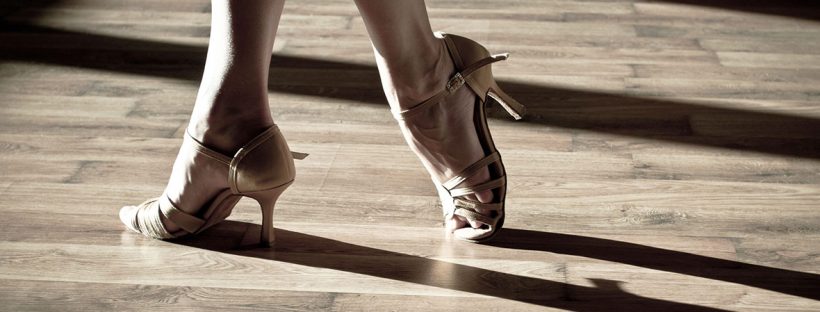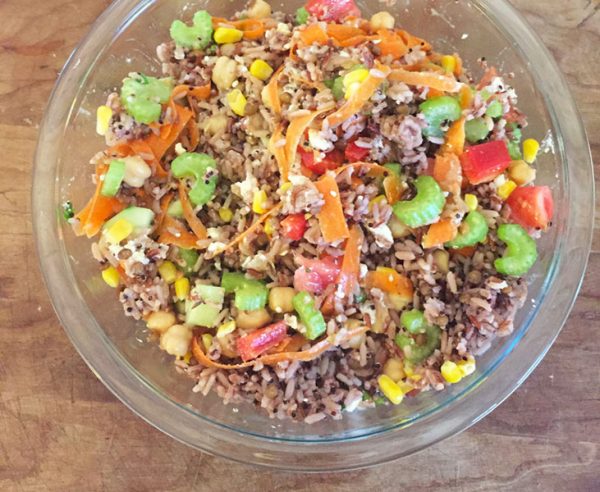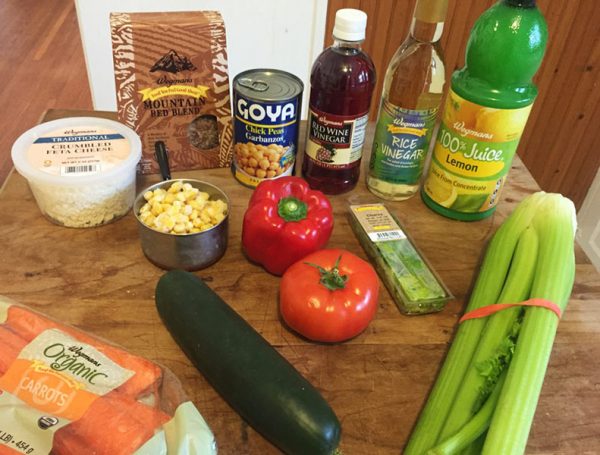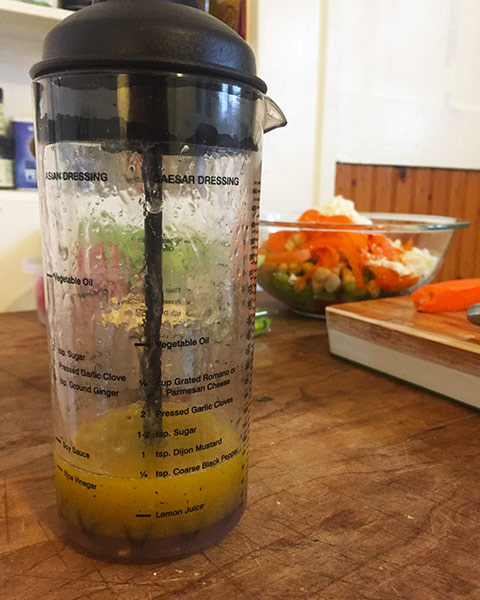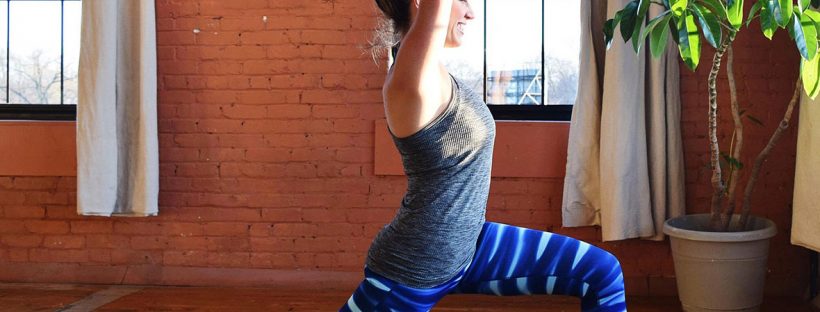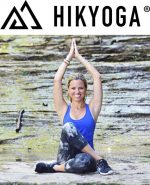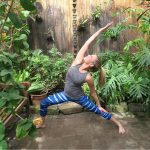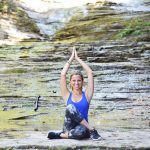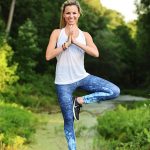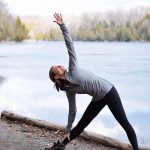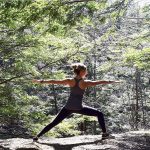A “Learn to Dance Ballroom, No Partner Required” headline caught my eye in a catalog I was flipping through 18 years ago.
Vaguely intrigued because I had always wanted to learn how to dance, I set the catalog from OCM BOCES aside for a couple of days. Pretty soon, however, the plusses of signing up for the class started working on me.
I was recently out of a relationship, so I liked the “no partner required” aspect of this particular learning opportunity. The class was at Onondaga Community College (OCC), which wasn’t far from where I lived and easily accessible after work. I also liked the idea of having a chance to meet new people. It wasn’t long before I had signed up for the class.
Since then, I have come to realize that ‘recently single, recently divorced, recently widowed, recently coupled and recently new to the area’ are some of the main reasons why people discover ballroom dancing. Most of us fit into one or more of these categories at some point in our lives.
Not easy for a beginner like me
For the next six Mondays, up I went to the cafeteria at Onondaga Community College, where I joined a group of about 60 people intending to learn ballroom dancing. Many of the attendees were couples, perhaps taking the class to brush up on some dance steps before a significant event in their lives. Those of us who didn’t have a dance partner were paired up with a teacher assistant.
Our instructor was Walt Medicis, who was 75 years old when I had my first lesson with him. At that point, he had been teaching ballroom at OCC, for the OCM BOCES adult education program and the Town of Manlius Recreation Department for 50 years. But don’t let his age fool you. He’s a fabulous dancer and a great teacher!
A high school prom date who criticized Walt’s dancing inspired him to study ballroom dancing. Since then, he has become one of the area’s best ballroom dance instructors.
After six weeks of Beginner Ballroom, I took a three-week Swing Dance course and then Beginner Ballroom again before moving on to Intermediate. Through those classes, I learned the basic steps for the waltz, fox trot, East Coast Swing, salsa and rumba.
None of these were easy for a beginner like me. More than a few times, I’d mix up the various dance steps that I had learned in class. I remember coming home and trying to persuade my mom to be the ‘leader’ so I could practice what I learned.
When the magic happens
Practice is a key ingredient to learning how to dance. If you’re a ‘follower,’ your job is just to learn, practice and know your steps. If you’re a ‘leader,’ you must also learn, practice and know your steps to properly guide the follower. When the leader and follower come together is when the magic happens.
Within a couple of months of attending classes and practicing as much as I could, I felt as if I was somewhat ready to attend my first actual dance. It was the Syracuse Swing Dance Society’s Halloween dance held at the Syracuse Ukrainian National Home.
That first day, I remember feeling intimidated and self-conscious, because it seemed as if everyone knew what they were doing and having fun. I only wished I could relax and get in on the action.
The hustle, tango & bolero
It turned out that the dance community is very warm and welcoming. I wasn’t standing along the sidelines of the dance floor for too long before a group of people appeared to help me through my first tentative dance steps in a social dancing environment.
They provided a steady stream of encouragement and support, so I started attending the Syracuse Swing Dance Society’s Thursday night dances, where I learned West Coast Swing (which I would describe as a flirty kind of dance) and picked up the basics of the hustle, Nightclub Two-Step, bachata, tango, bolero and merengue.
Sequins, jeans, leather – doesn’t matter
Soon, I was looking for other dance venues to perfect my burgeoning repertoire. I found monthly dances at Guzmán’s Dance Studio and dances hosted by Geno and Theresa Aureli of All for the Love of Dancing in the basement of the Moose Lodge in Solvay. I have been regularly dancing three Saturdays every month for the last seven years.
My favorite dances are with Geno and Theresa, who have moved their dance venue to a newly renovated building in North Syracuse, where they’ve created a beautifully warm, gracious and inviting atmosphere for the dance community.
What I love about dances in the Flamingo Ballroom are the people. On any given night, you might see women dressed in sequins, jeans, leather and lace, which is a testament to the great variety of people who are attracted to ballroom dancing.
You can get really dressed up if you want to. If you decide to come out for a dance there, it’ll be your chance to go through your closet and throw on that outfit you wore to a wedding once. The men don’t dress up as much, which is something we ladies have never been able to quite figure out.
Whether you like to dress up or not, ballroom dancers are some of the nicest people you will ever meet. Everyone is encouraging. More experienced dancers are always willing to invite less experienced dancers to the floor. Also, each dance at the Flamingo Ballroom (held on the first, third and fifth Saturdays of every month) is preceded by a one-hour lesson, usually including the basic steps for a particular dance, so you can brush up on your dance steps.
The ballroom workout
If you decide to give it a try, you’ll find that ballroom dancing is a great stress reliever. When you’re out on the dance floor, there’s no time to think about the past … or … the future. For followers, your best bet is to concentrate on the present so you can take the proper cues from your leader. It’s always just awesome to be in a present state of mind while a leader is spinning you around.
I believe that a dancer’s ability to “be present” is what distinguishes an average dancer from a great dancer. A great follower is someone who will allow the leader to, well, lead. While I’m an average dancer, because I know the basic steps for most dances, I feel that as a follower, I excel in allowing the leader to lead me.
Dancing also is a great way to stay active. On any given dance night, you’ll easily put in anywhere from three to four hours of dancing, which can help you burn hundreds of calories an hour.
That’s probably a big reason why dancers never appear to get any older. To me, the age you are when you start dancing is the age you remain throughout your dancing career. You never seem to grow old if you keep dancing! That’s probably as good a reason as any to start dancing.
My favorite places to dance in Syracuse
In Central New York, you’ll probably find a place to dance every night of the week. I’ve attended dances at all of the following locations:
The Flamingo Ballroom (Geno and Theresa Aureli), North Syracuse: Great parking, beautiful maplewood dance floor, beautiful lighting, cafe room, on-site parking.
Guzmán’s Dance Studio (Michael Guzmán and Krissi Caccamo hosts), Fayetteville: Refreshments table, DJ Joe Carino spins the music, smaller and more intimate crowd.
Puttin’ on the Ritz Dance Studio, DeWitt: Donna Natale O’Neil offers wonderful refreshments, pre-programmed music, two dance floors.
Puttin’ on the Ritz Dance Studio, DeWitt: Steve Ryan hosts swing dances on the first and third Fridays of every month.
Johnston’s Ballybay, Syracuse: DJ “la Maquina” spins Central New York’s finest Latin mix at the Havana Nights Latin Dance Party every Friday night.
(Where do you like to dance? Add your thoughts in the comments section below.)
Some tips on etiquette
If you go, here are a few tips on proper social dance etiquette:
- Pay attention to personal hygiene (breath mints and hand sanitizers are available in the Flamingo Ballroom).
- Whether you’re a gentleman or a lady, do extend an invitation to dance to those around you (this is especially important for beginners).
- Always accept an invitation to dance (unless you have a good excuse not to).
- Don’t try to ‘teach’ on the dance floor.
- Don’t wear strong perfumes or colognes.
- Thank your partner after the dance.
- Wear comfortable clothing and appropriate dance shoes.



